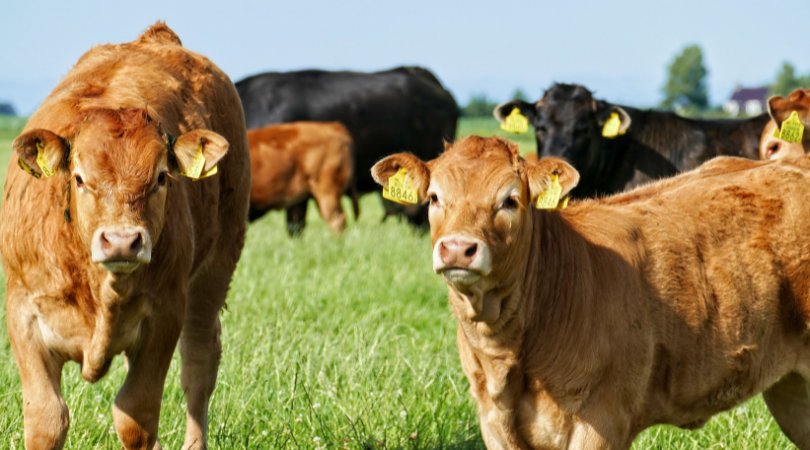Somewhere along the line Ranching for Profit has gotten a reputation for being the “sell your cows school”. I want to push back against that. I hope that Ranching for Profit is the “let’s build the business that you want and is profitable school.” I’d hate to think that someone comes to our Ranching for Profit School, runs the numbers on their cows, sees that the Gross Margin is terrible on their own cows, and then pulls the trigger to sell the cows without really vetting this idea.
For those of you who are alumni of the RFP school, you’ll remember that on the first full-day of class, much of the day is about drafting and communicating the mission and vision of your business. This becomes the blueprint for the business we want to help you build. If owning a breeding herd of well adapted livestock is core to that vision, then that is what we work to create. It then falls on management to chart the path and develop a plan for this breeding herd that also fits the other components of the vision such as profitability, work-life balance, and so on.
When I see a cow-herd with a poor Gross Margin there is usually a path forward to fix it. The answer lies in deeper examination of economics. How’s the Gross Product? This is the value produced by the enterprise. Cow depreciation is hidden inside the gross product and sometimes $200-$300 per cow per year can be found by implementing creative strategies around this area alone. How about the direct costs? It is common to find substitute feeding is taking $400-$800 per year per cow. There aren’t very many cows that can support anything close to this level of feed costs and still have margin left over to service overheads and meet the profit targets of ownership.
Sell the cows and run stockers is a common knee-jerk reaction when a rancher sees poor gross margins on their owned cows. This scares the crap out of me. Partly for the reasons above, but also because owning and running stockers isn’t a trip down easy street. Stockers come with unique management challenges that cow-calf producers may not be ready for. Sometimes these lessons can be enormously expensive and stressful. For a ranch thinking of switching over to stockers, I usually advise to start by running stockers for someone else. This gives the opportunity to evaluate how stockers match with the skill set of your labor force, the quality of your feed, and gives you time to develop knowledge to manage price and market risk in the stocker business.
If your cow-calf business isn’t meeting your profit targets, I suggest you attend a Ranching for Profit School so we can help you to do a deep dive into your leverage points to fix the cow business before you sell ‘em.




I really appreciate the extra info. Keep it coming!
Sometimes it’s the easy solution that works best. Selling all your calves off the cow? Maybe reducing cow numbers and keeping your own stockers might be the solution. In times of drought or fodder shortage you can sell the stockers early and keep your cows.
Great Article Dallas! i 100% agree with you and we need to do the WOTB to fix the enterprise. It could be more profitable and have more in the long run. Every situation is different..
Excellent discussion!!
I appreciate these articles!